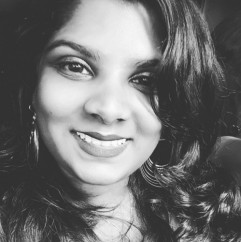When visiting Sungai Buloh, Selangor, we are greeted by rows and rows of flower shops and before the rapid development in the area, there were lush greeneries along the roads driving to the area. A rather quiet town in Selangor, Sungai Buloh is known for the Sungai Buloh Hospital, which has served as one of the go-to hospitals when health epidemics hit the country. But the place holds a lot of history, specifically on the leprosy community in Malaysia.
Sungai Buloh Settlement
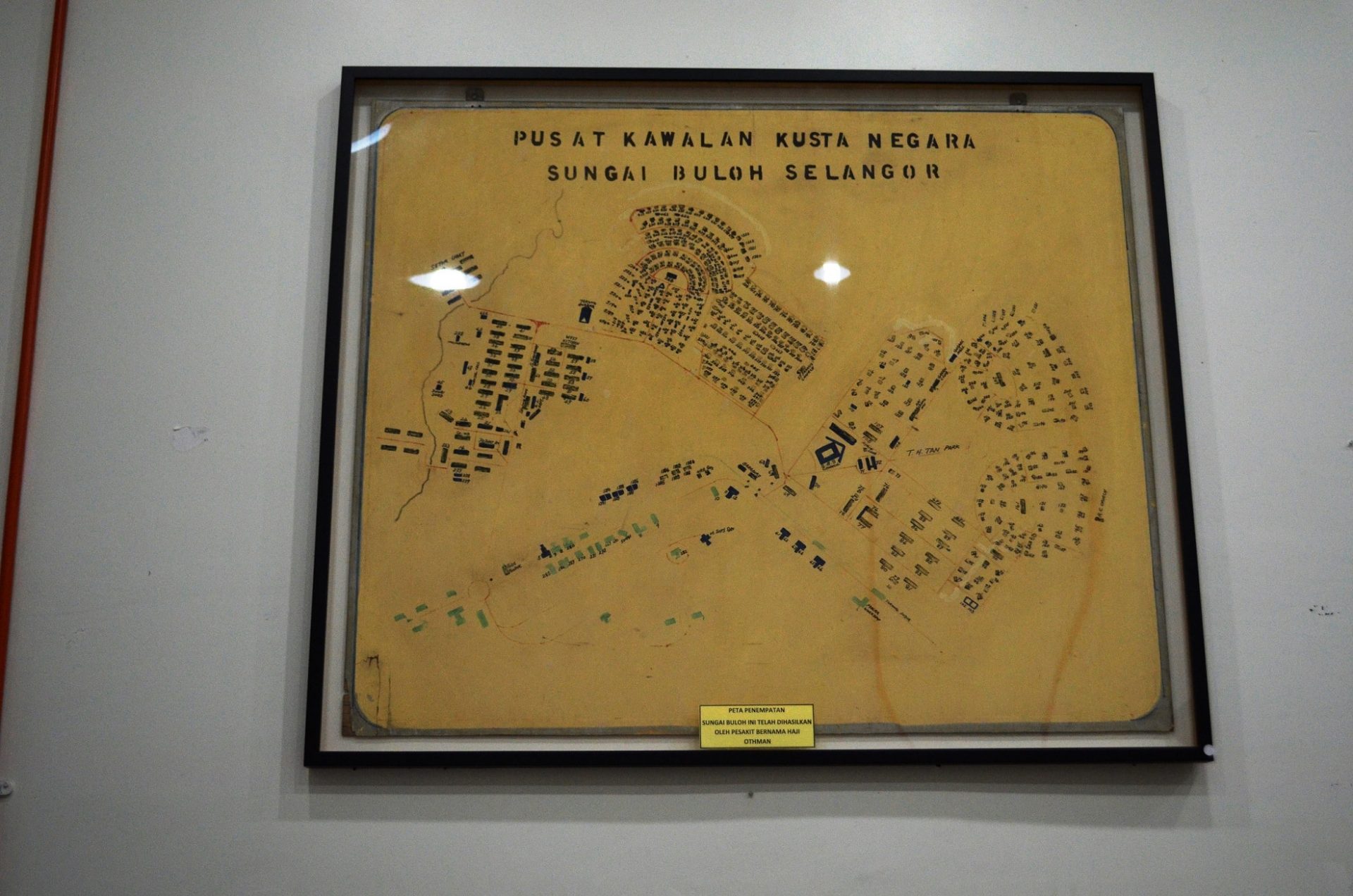
The construction work to build the Sungai Buloh Settlement started in 1926 and subsequently officially opened in 1930. Specifically catered for those suffering from leprosy, which at that time was considered an incurable disease, the centre in Sungai Buloh was the second largest leprosarium in the world. Dr Radhiah Mustafar, head of the National Leprosy Control Centre (NLCC) under the Sungai Buloh Hospital, described the area as a fertile, lush valley with panoramic scenery, and had streams running through it.
“It was well-suited for rehabilitation purposes, and thus became a fine place for leprosy patients to seek medical treatment. It was a highly organised and seeded in a specially crafted ‘residential park’ complete with a modern hospital, schools, residences, houses of worships, clubs and halls. It also had a market, laundry, shops, police stations, and prison,” she said.
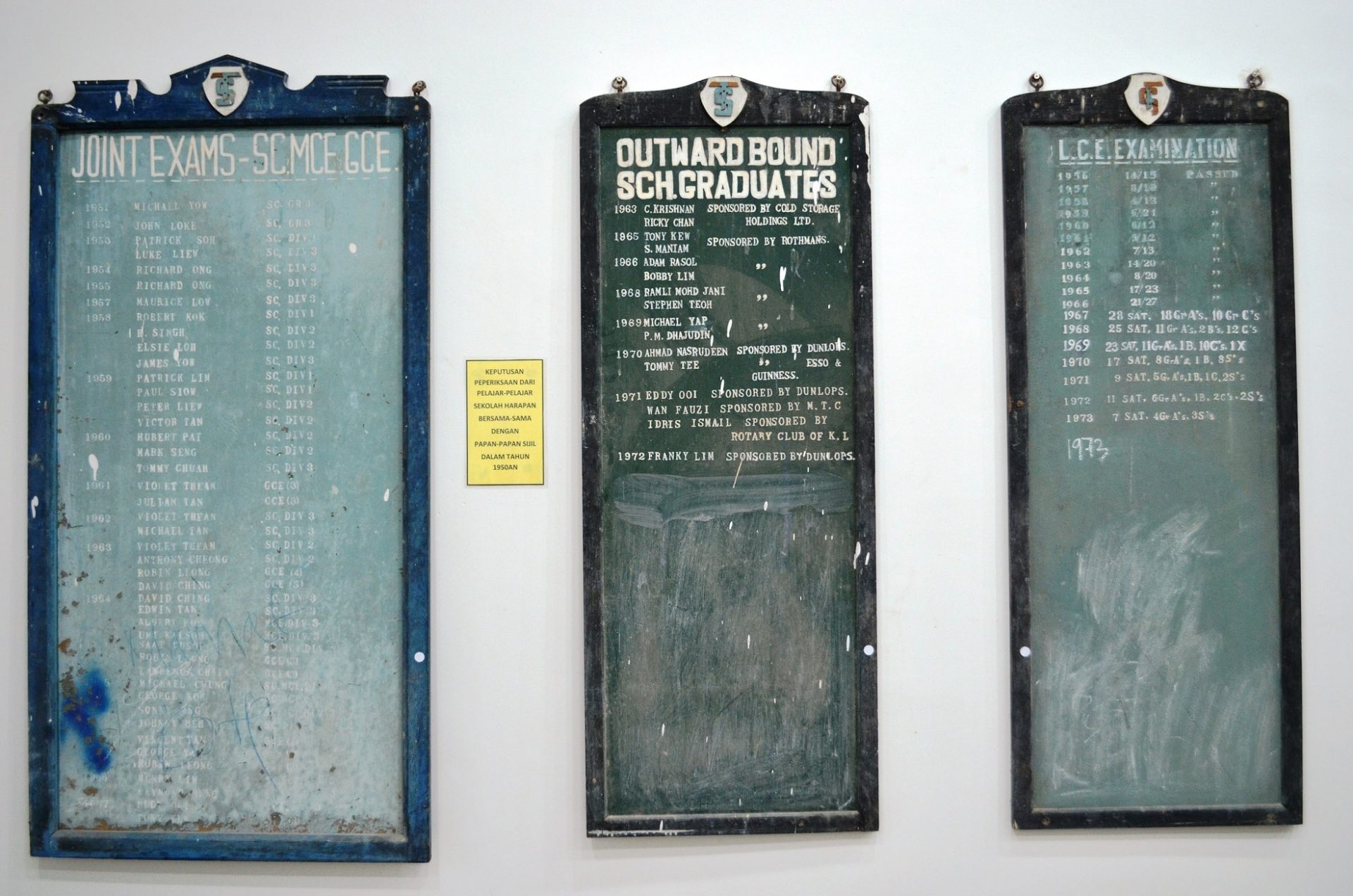
Later on in 1969, the Sungai Buloh Settlement was officially designated as the National Leprosy Control Centre in Malaysia. Following that in the 1980s, the Leprosy Enactment Act was demolished and NLCC no longer admitted new leprosy cases. There are some remaining ex-leprosy patients at the wards in Sungai Buloh — some of whom don’t have any living family members — and there are currently about 130 ex-leprosy patients left, with an average age of 55 years and above.
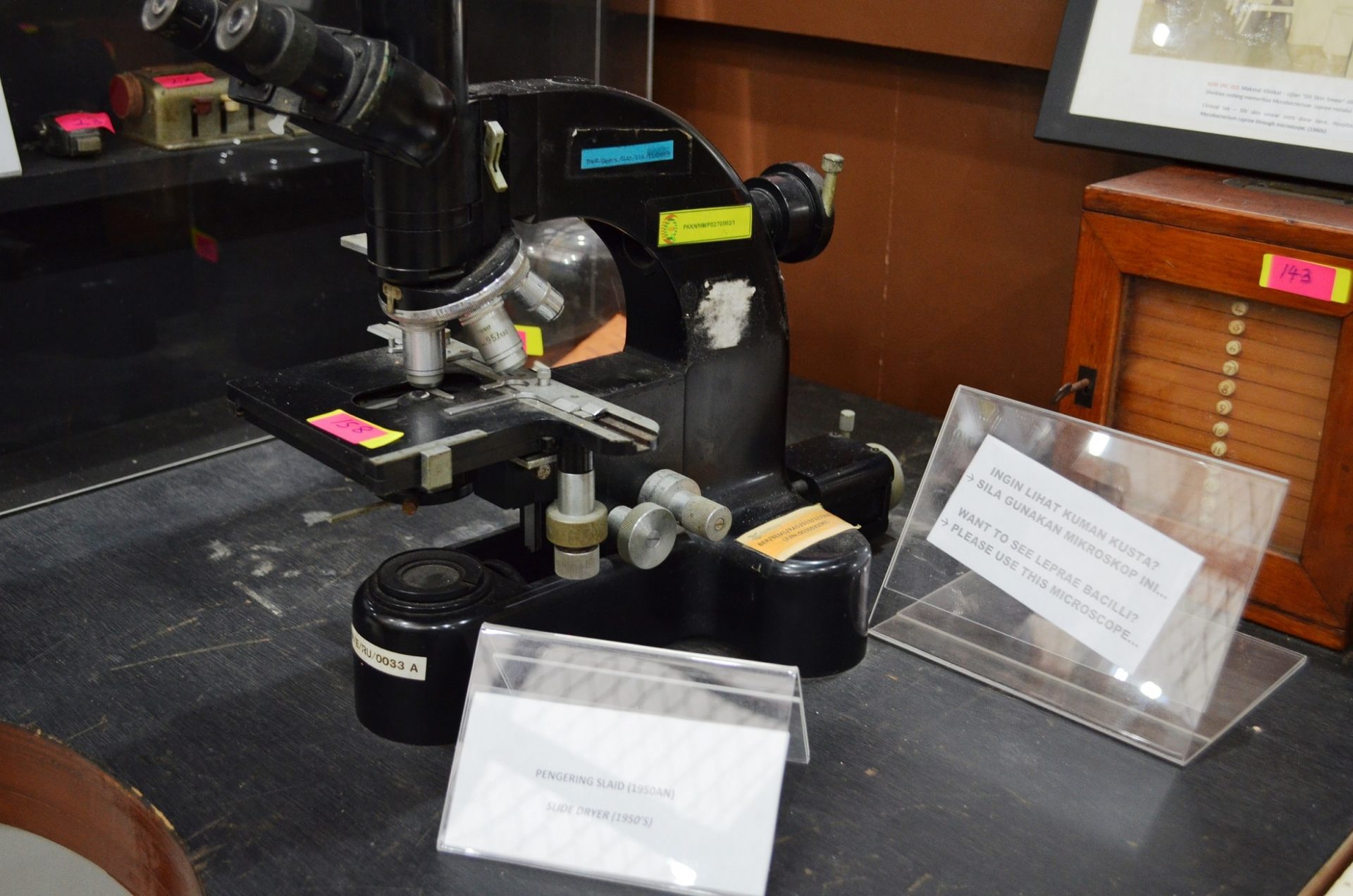
The Birth of the Valley of Hope Museum
There then came the realisation that as the ex-patients get older and eventually pass on, the history of the settlement will die with them. There was a need to preserve the rich history of the lepers in the country, and thus the idea of the Valley of Hope Leprosy Museum was born. The idea emerged from NLCC’s former Director, Dr. Sa’iah Abdullah, in 2008, with a vision of a museum that operates as a living history, also known as an open-air museum.
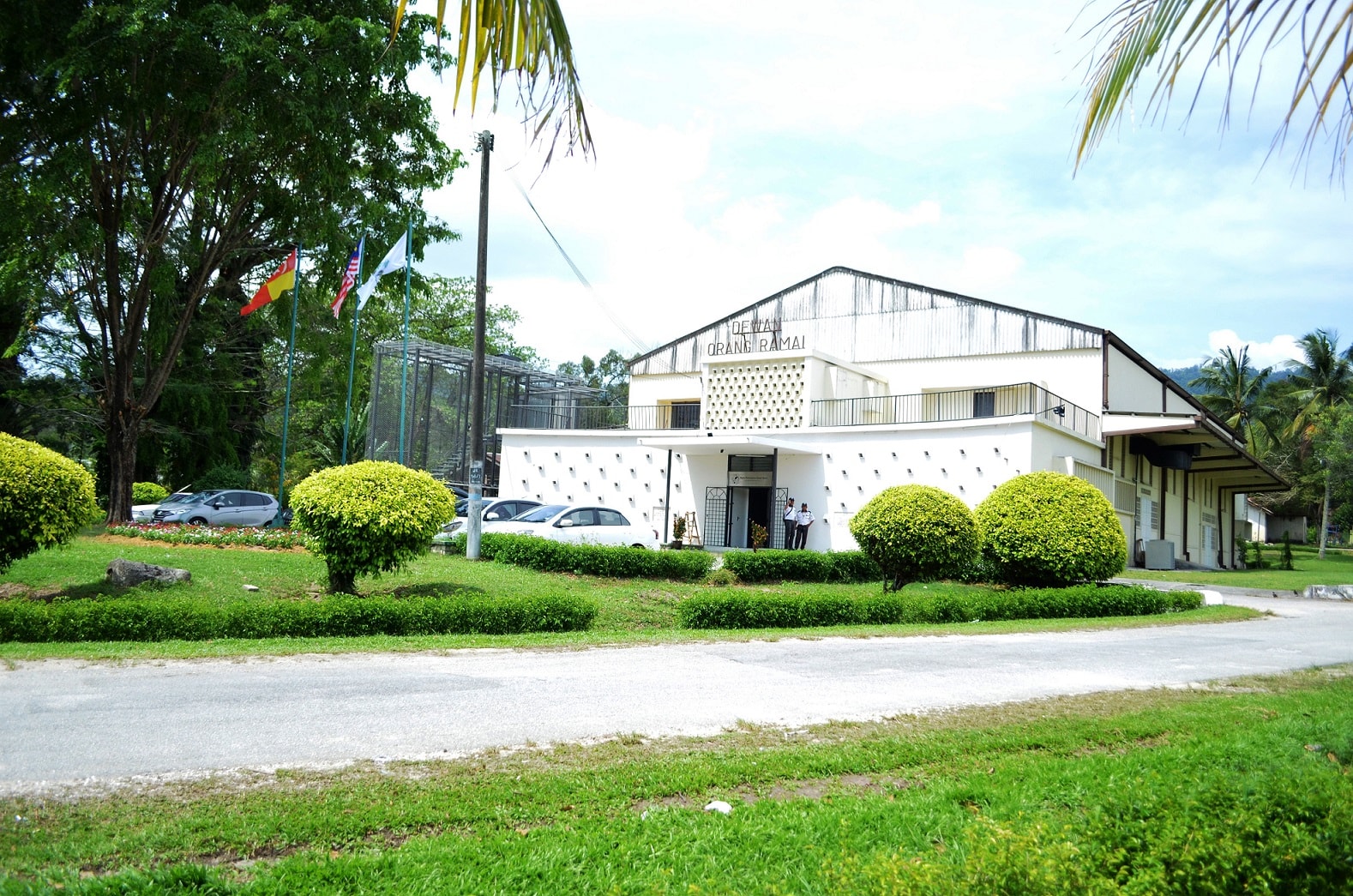
“However, due to some technical issues, the efforts to actively collect artifacts only started from the year 2012. With the help of the Department of National Heritage Malaysia, 5 buildings were conserved, including the Sungai Buloh Settlement Council Hall. They funded the running costs of the project,” Dr Radhiah explained.
She added that the primary mission of the museum was to collect, preserve, exhibit, and interpret the objects of historical significance.
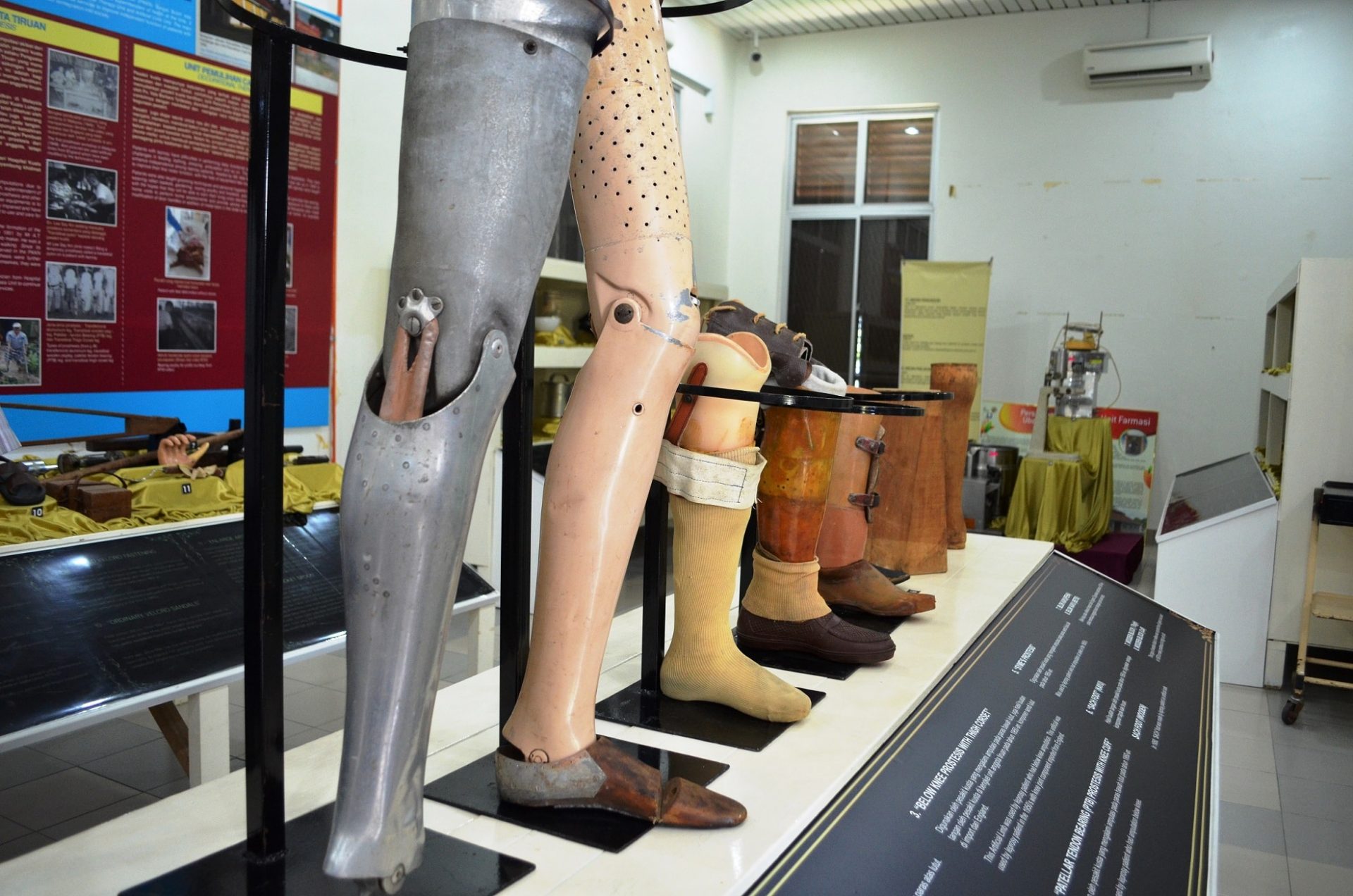
“Over time, some objects might begin to deteriorate for a variety of reasons, such as environmental conditions, use, and natural decay. In order to maintain the objects in such condition that they will survive for the enjoyment and education of future generations, it is vital that the museum practice proper preservation measures. Knowing how to handle, display and store the artifacts in our museum’s collection can add a significant number of years to the life of the objects,” she said.
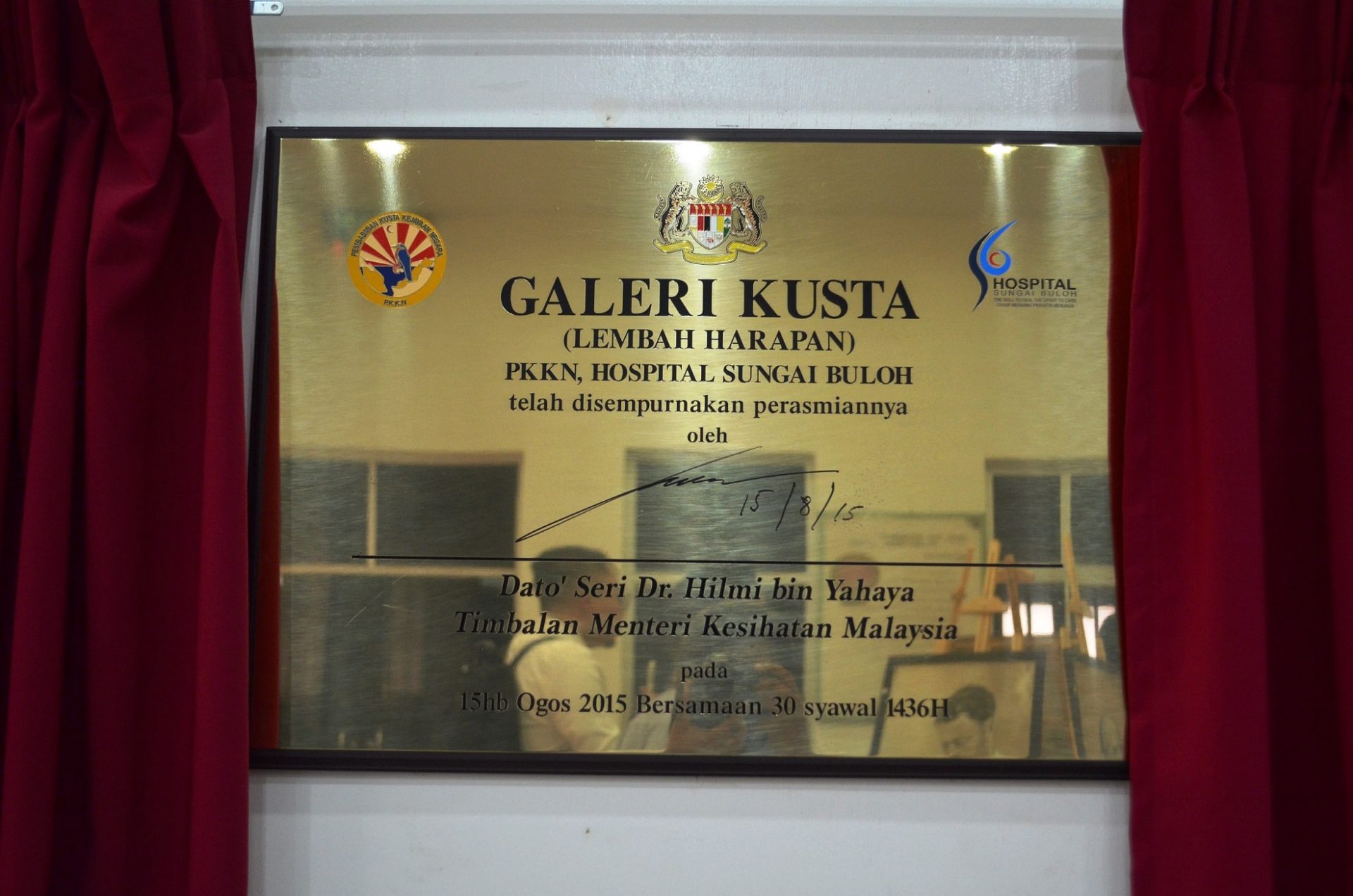
Following that, four buildings were turned into galleries, each with a specific function. Gallery 1 served as the information centre, Gallery showed the research unit, Gallery 3 had a collection of artifacts, and Gallery 4 served as an archive. Gallery 1 and 3 was officially launched in 2015 by the Deputy Health Minister, Dato’ Seri Dr. Hilmi Bin Yahaya.
It took the team around 2 years to set up the museum and are currently still working on the finishing touches of the gallery, which is why it is not fully open to the public yet.
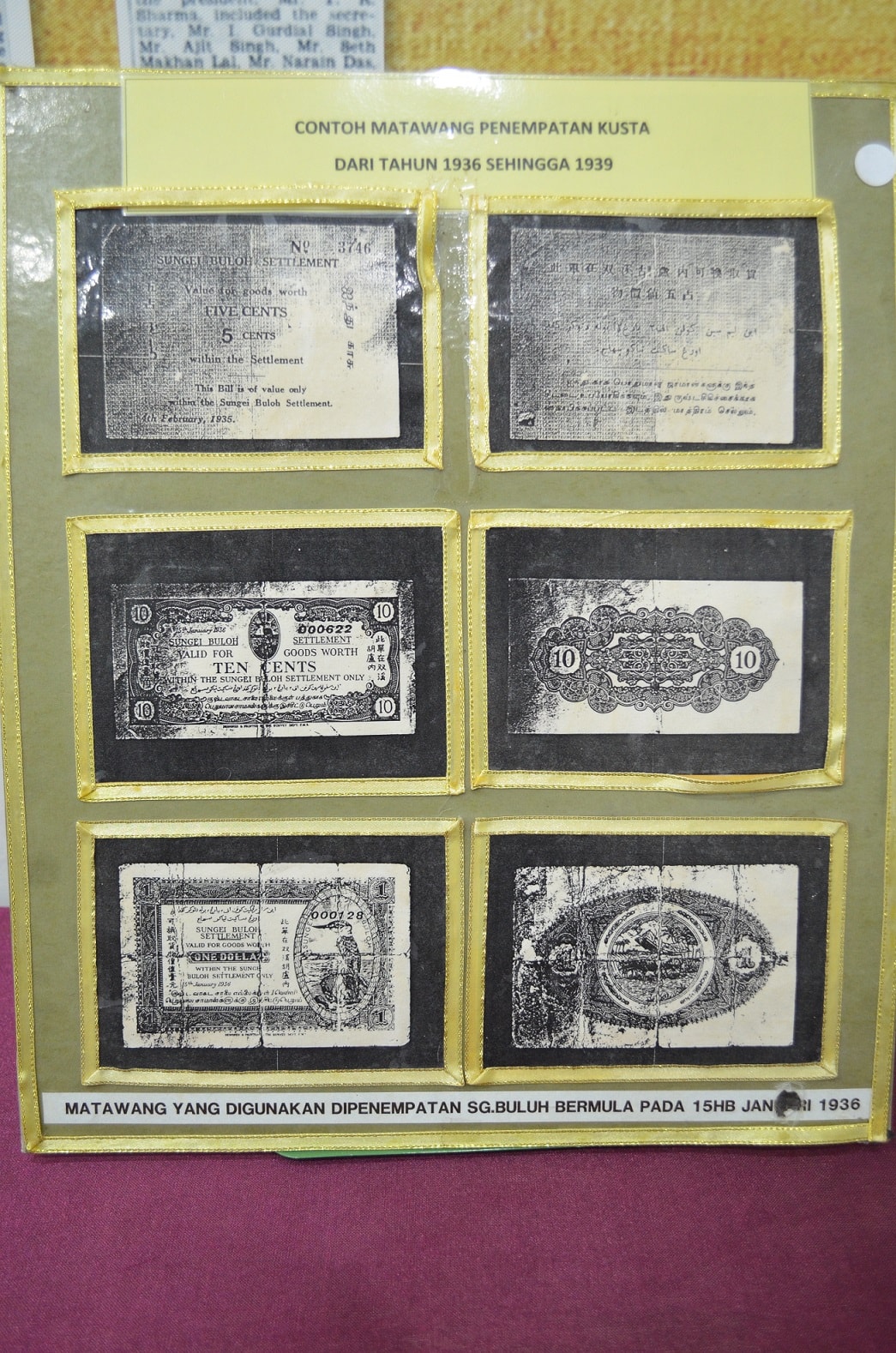
However, for those interested in visiting the museum, simply submit a request letter to the Sungai Buloh Hospital director indicating the reason for the visit, date, time, institution or group and number of visitors. This is to ensure that a guided heritage tour can be arranged for the gallery visits, as well as to allow time for the museum personnel to ensure the security of the ex-leprosy patients still living there.
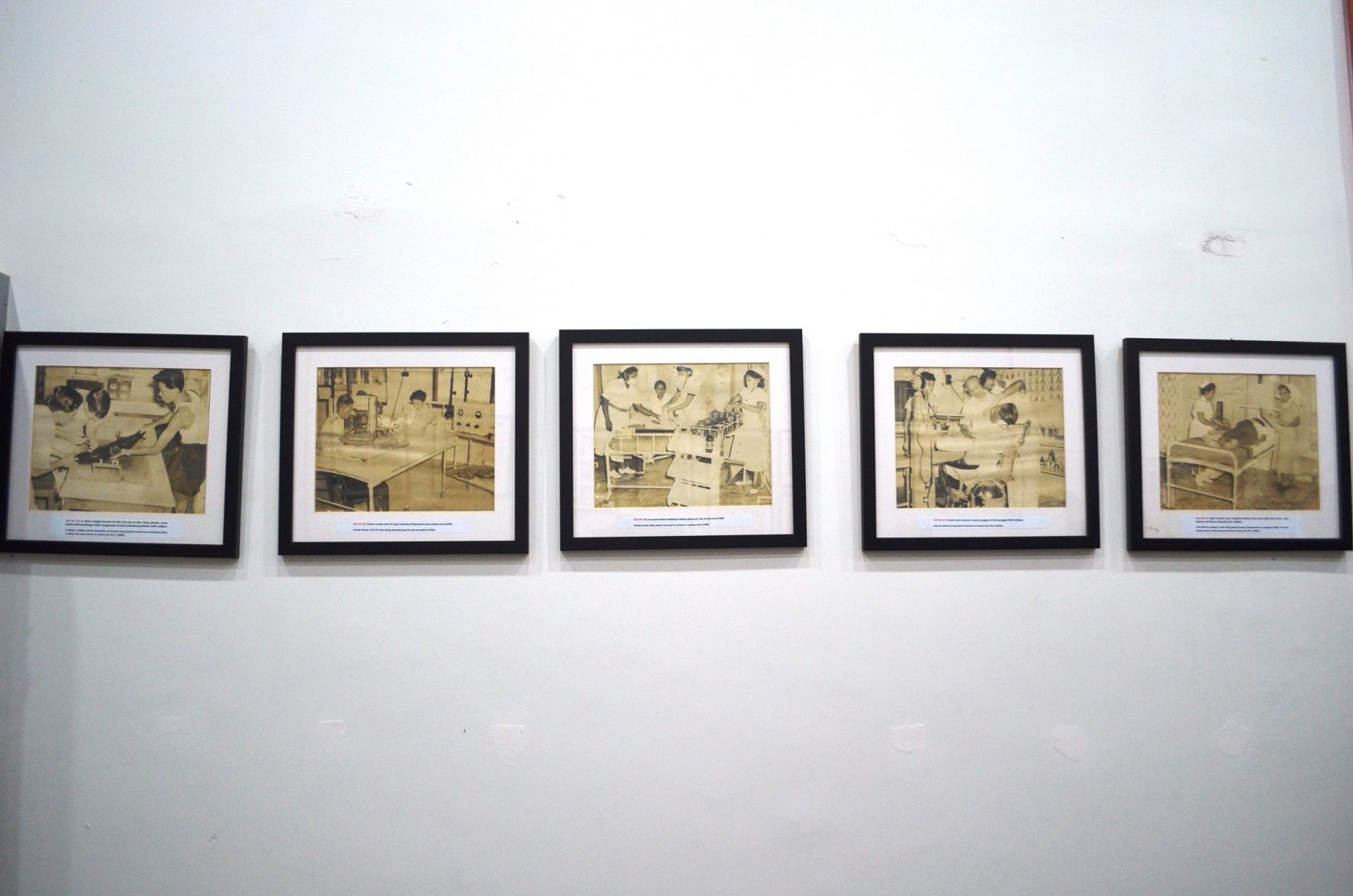
Cultural and Historical Significance
In the past, those with leprosy was met with severe prejudice and discrimination, resulting in the forced isolation, said Dr. Radhiah, and it is important for people to know how society treated people affected by leprosy and their family members.
“They lost their identity, their home, their family, friends and social ties — and yet, the path they have taken as human beings teaches us the strength and tolerance that human beings are capable of. It is an invaluable history,” she explained.
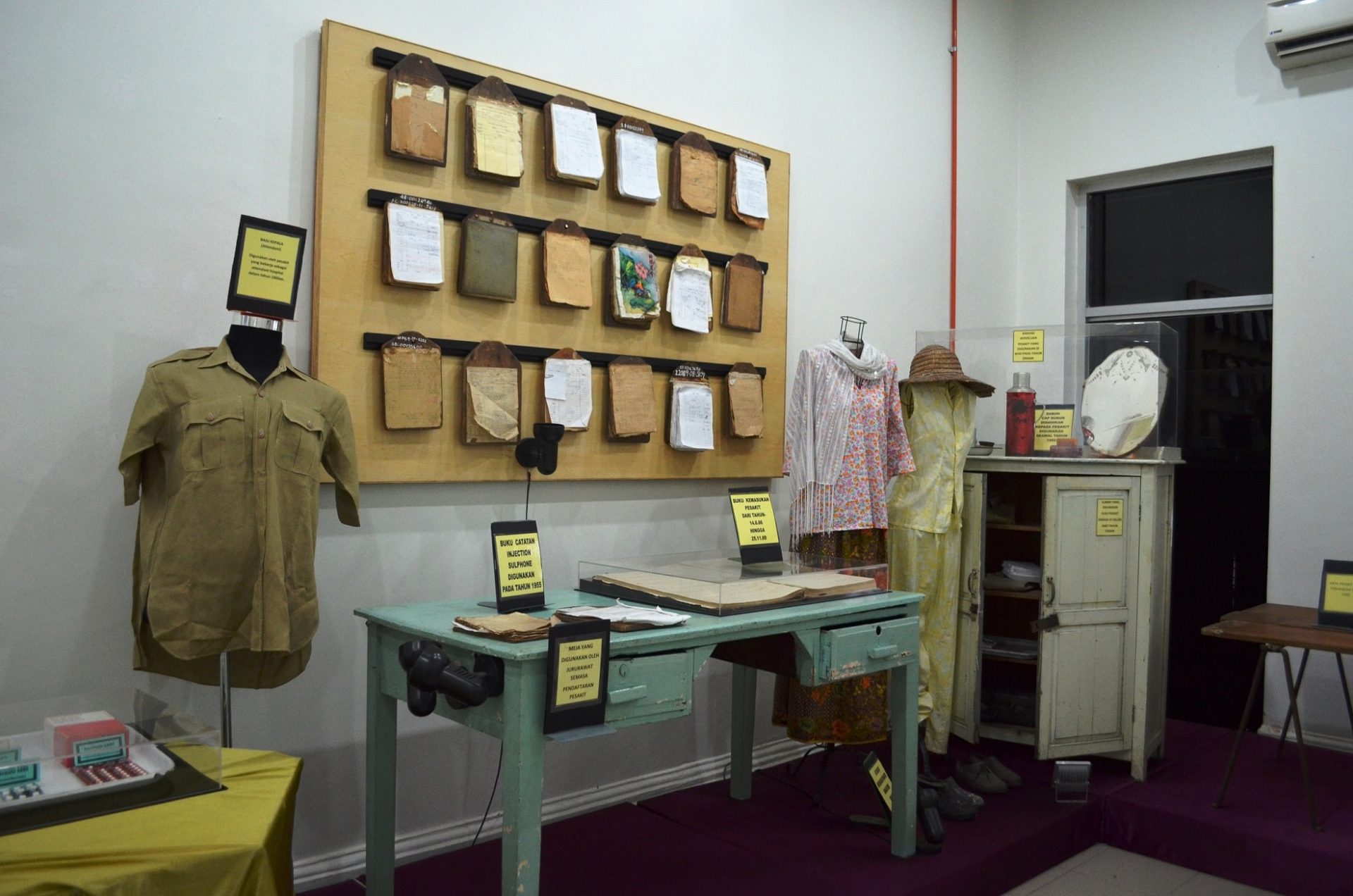
The modern treatment for leprosy was established in the 1980s, eliminating leprosy as a public health problem all across the world and with the great strides that have been made to treat the disease, leprosy was no longer declared as a an endemic disease.
“Therefore, we welcome people who are interested to visit our place, to talk and touch the ex-leprosy patients here with no fear. Make them feel loved.”
“It is definitely an iconic project for the museum sector. In a traditional museum, you visit the objects. With our open-air museum, the objects visit you,”said Dr Radhiah.
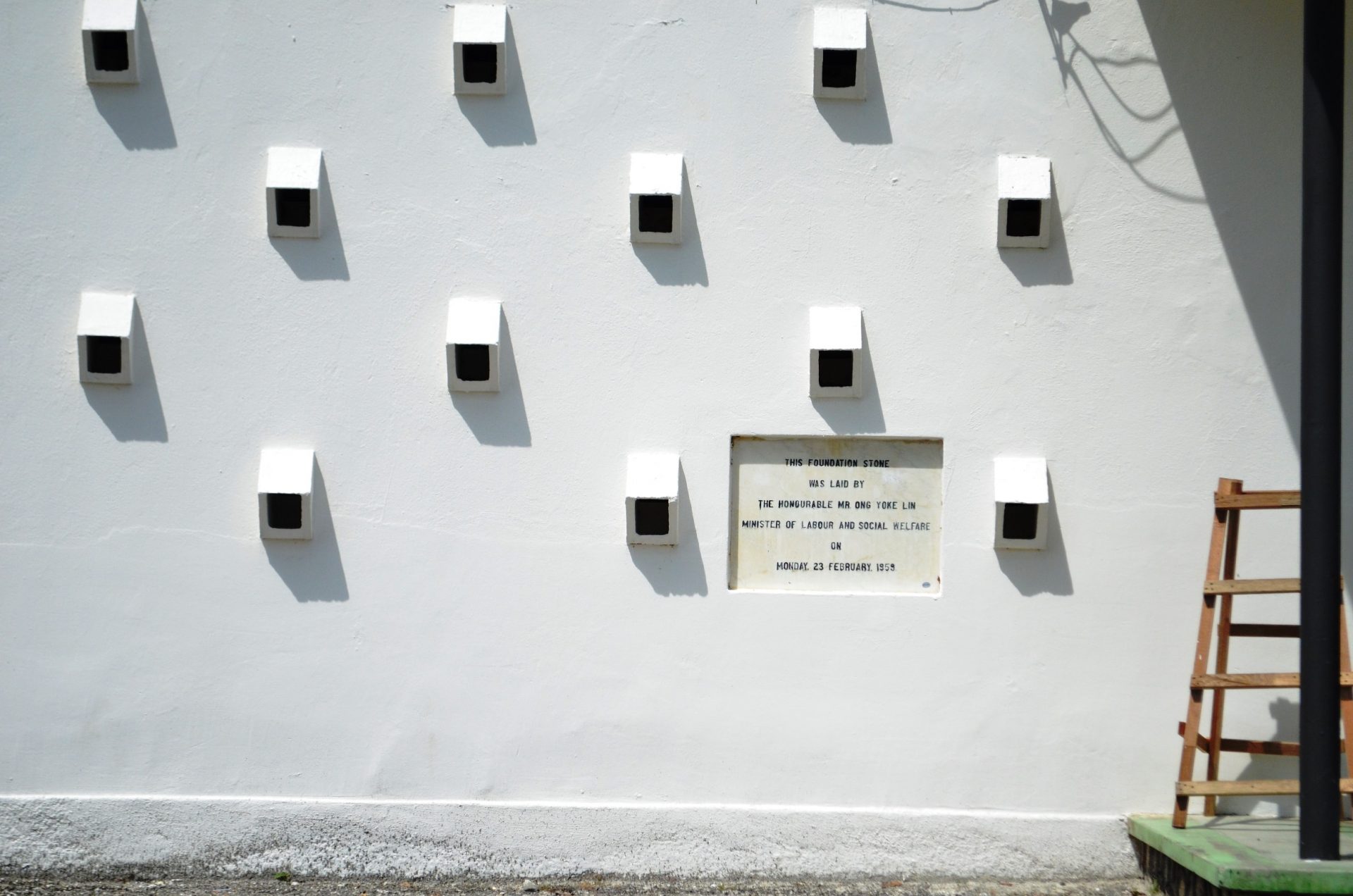
The museum has proven to be a rather educational source of inspiration, with the museum setting having been used as a setting in drama series and movies, and architecture students using the museum as part of their studies 4 – collecting data, documentation, sketching the built vernacular environment, and observing the local building traditions. In medicine, students and paramedics visit NLCC to learn about the treatment and management of leprosy patients.
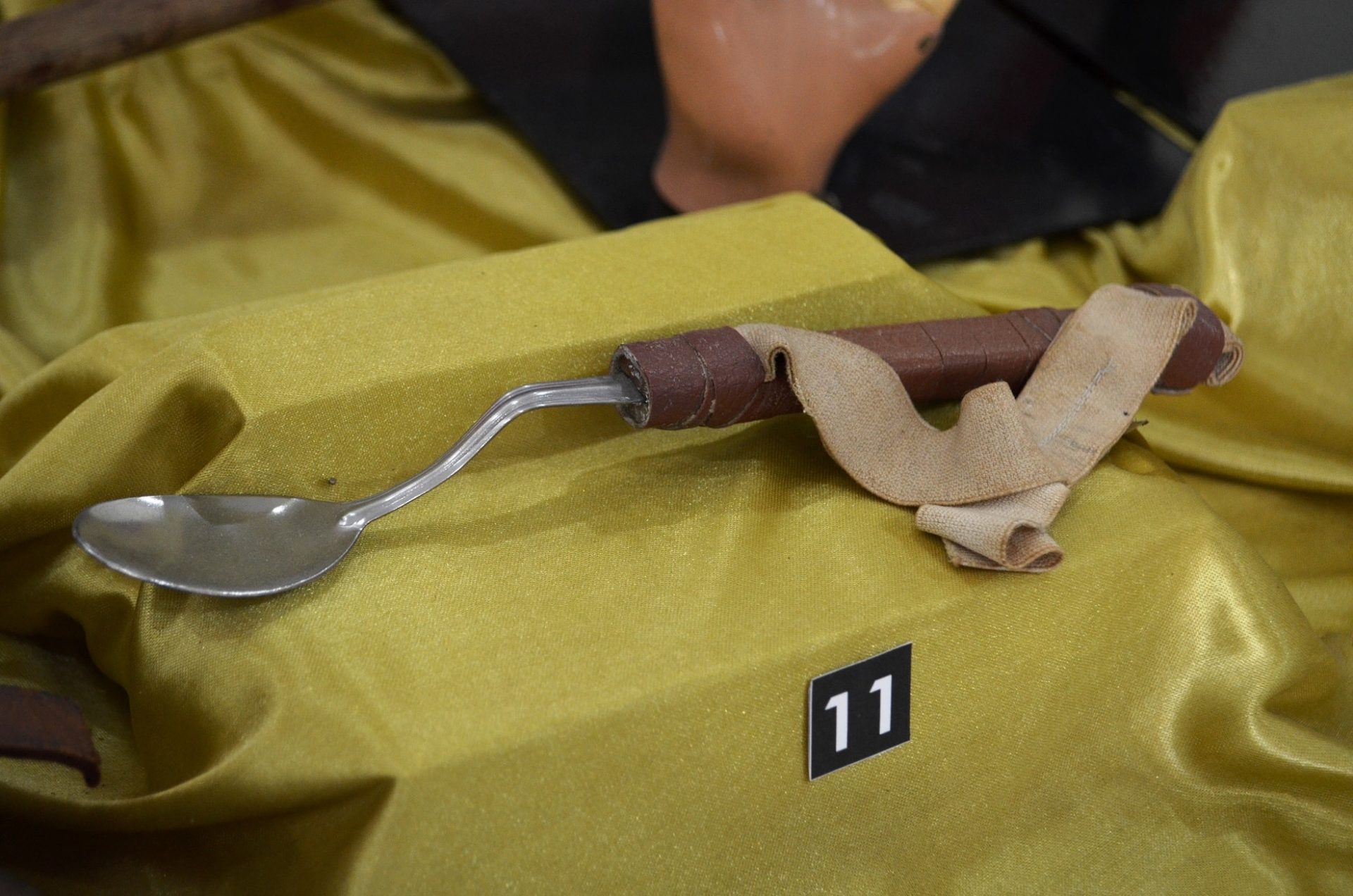
“In addition, it is situated in a beautiful historical park filled with both tangible and intangible heritage and culture. We are also working towards nominating the Sungai Buloh Settlement as a World Heritage Site. All these will most definitely rekindle people’s interest in appreciating the history, heritage, and culture here,” siad Dr Radhiah.
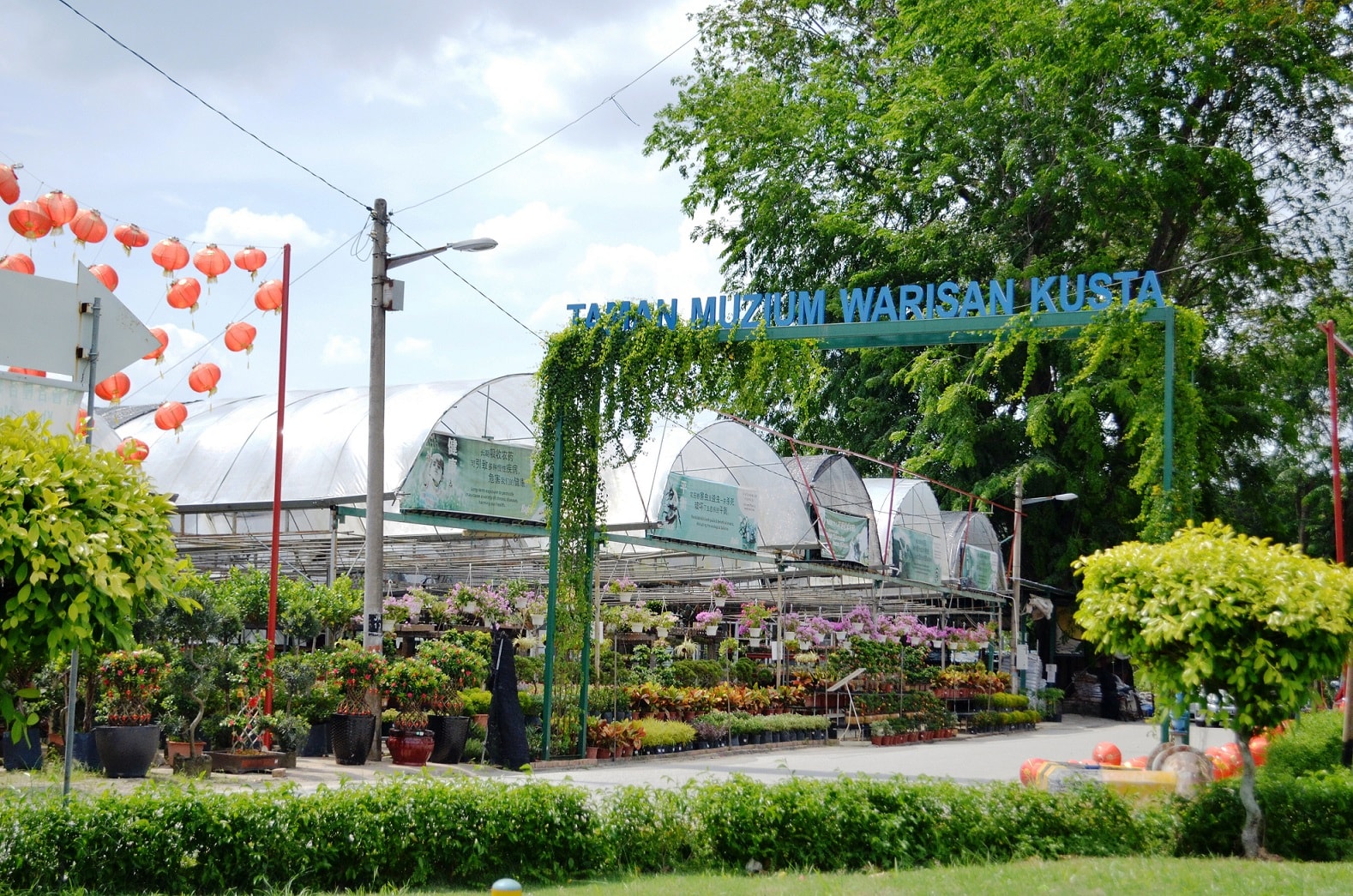
Here’s a further look into some of the gallery exhibits:
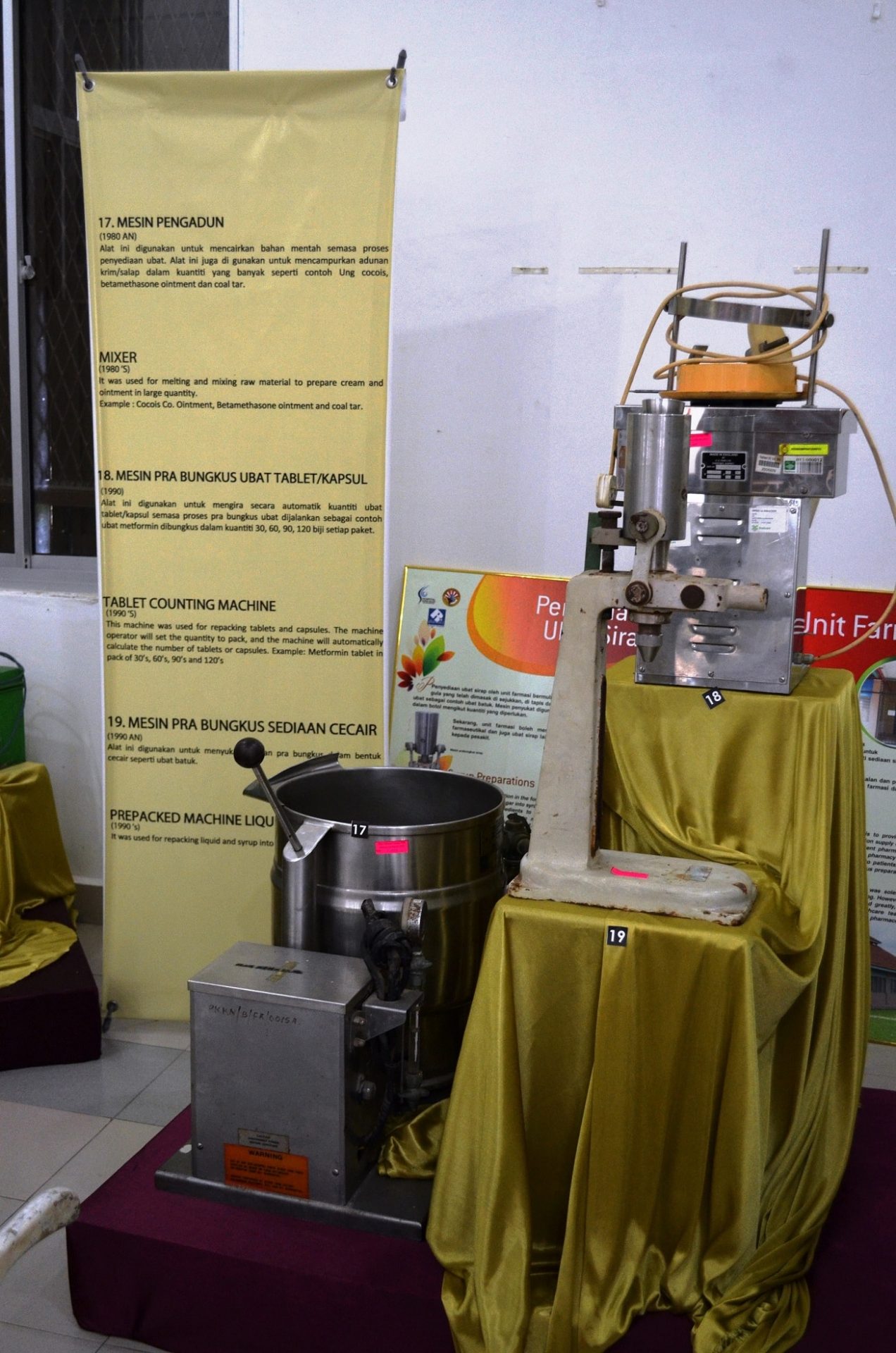
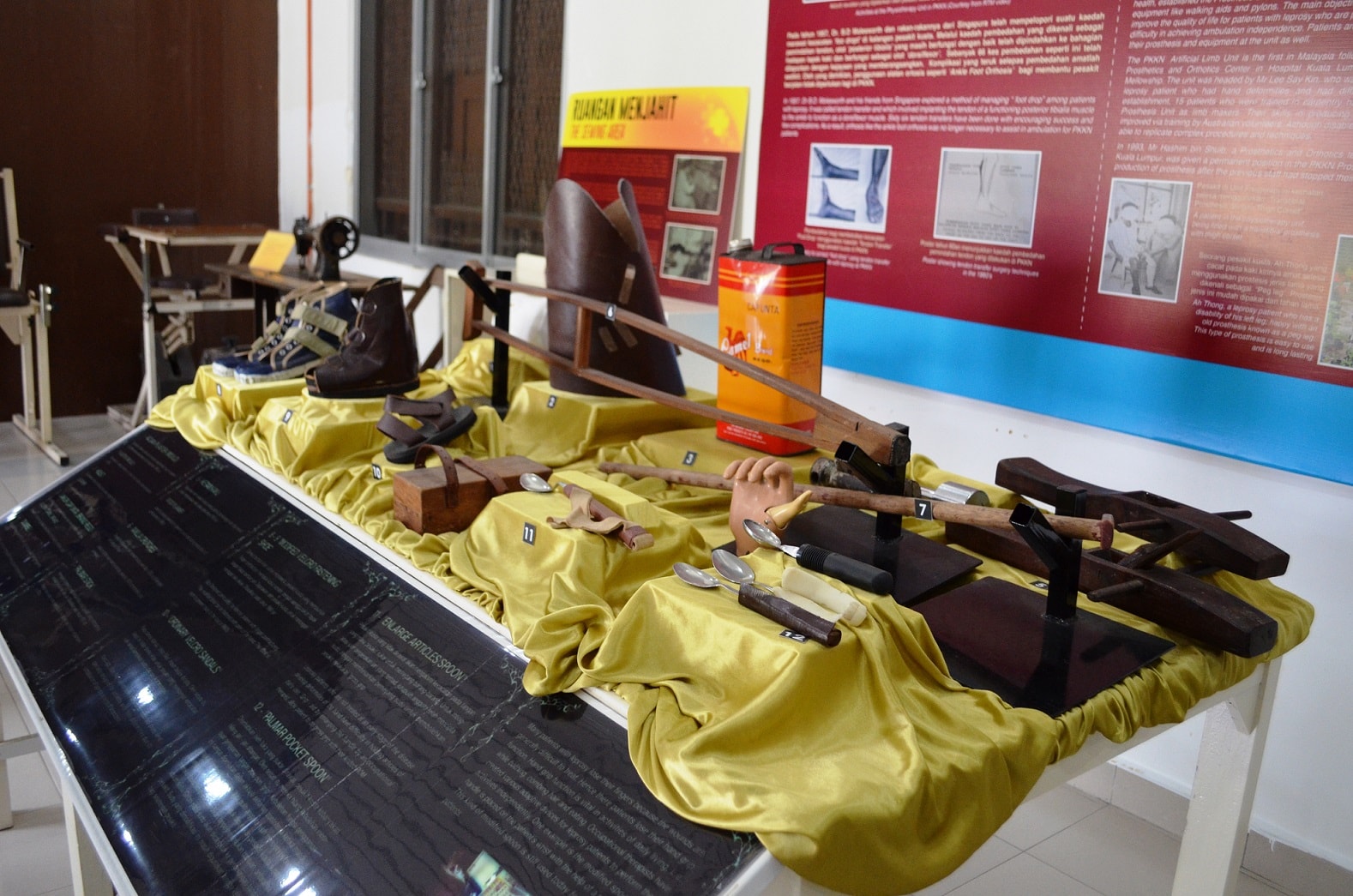
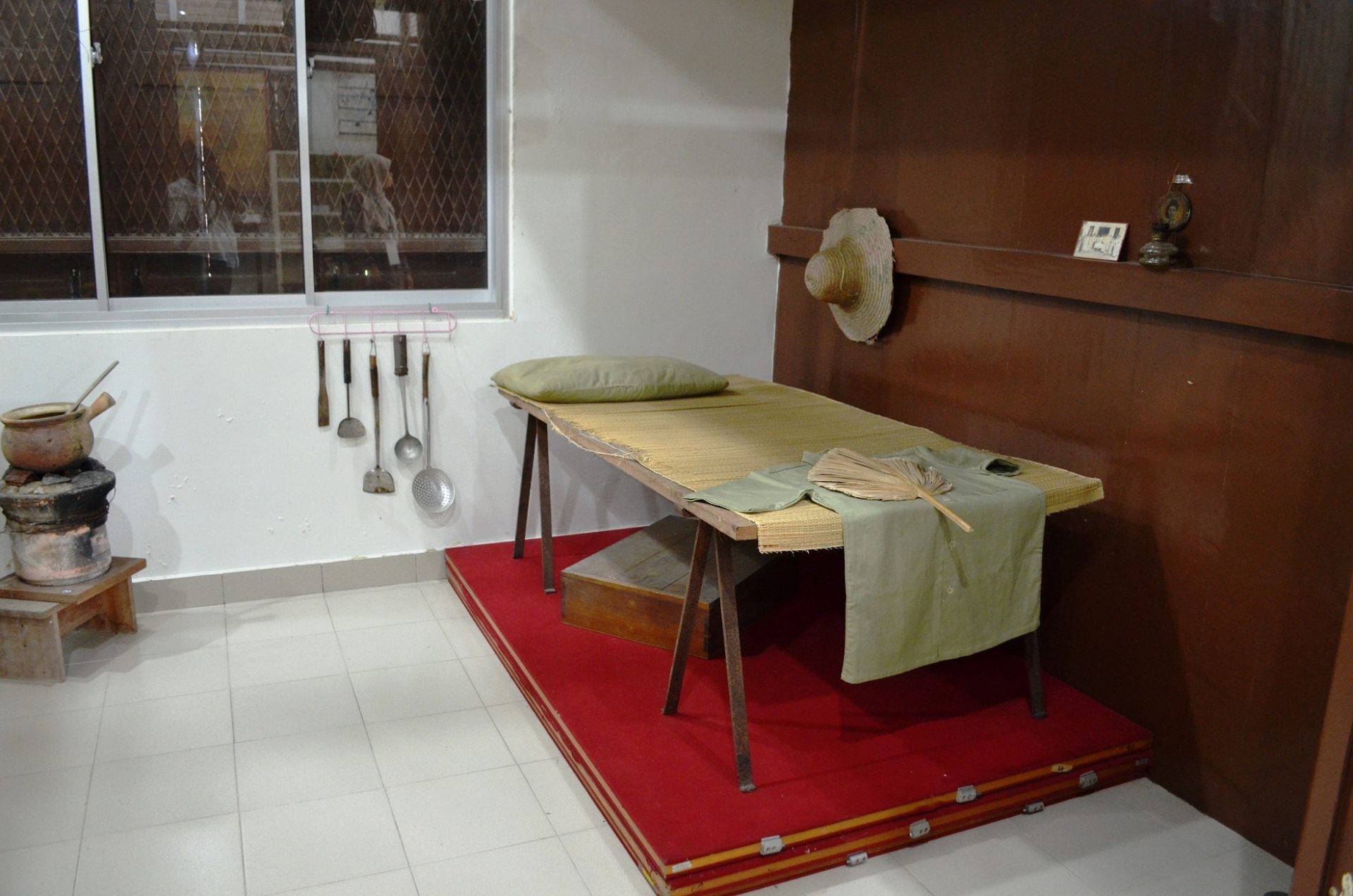
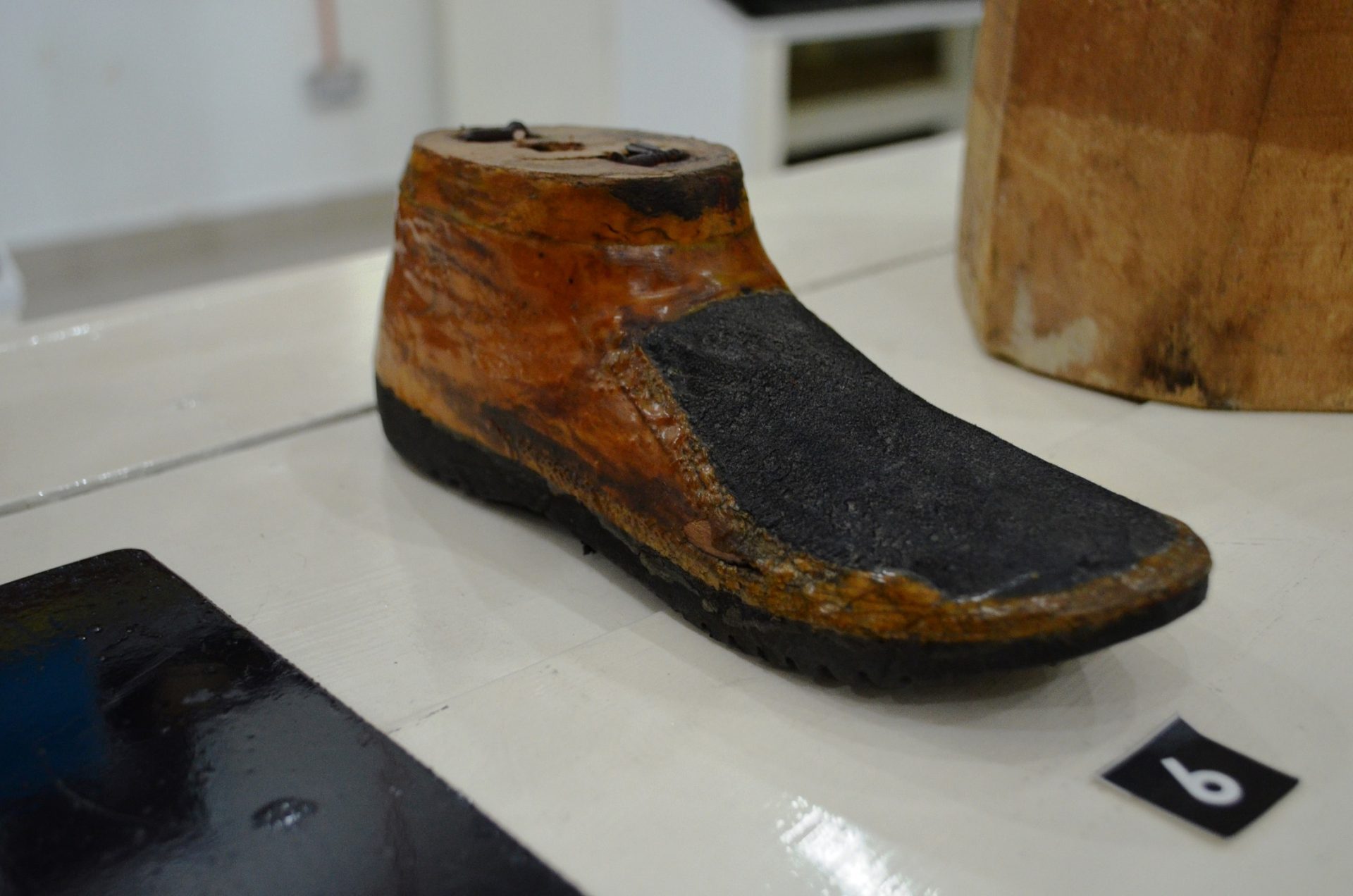
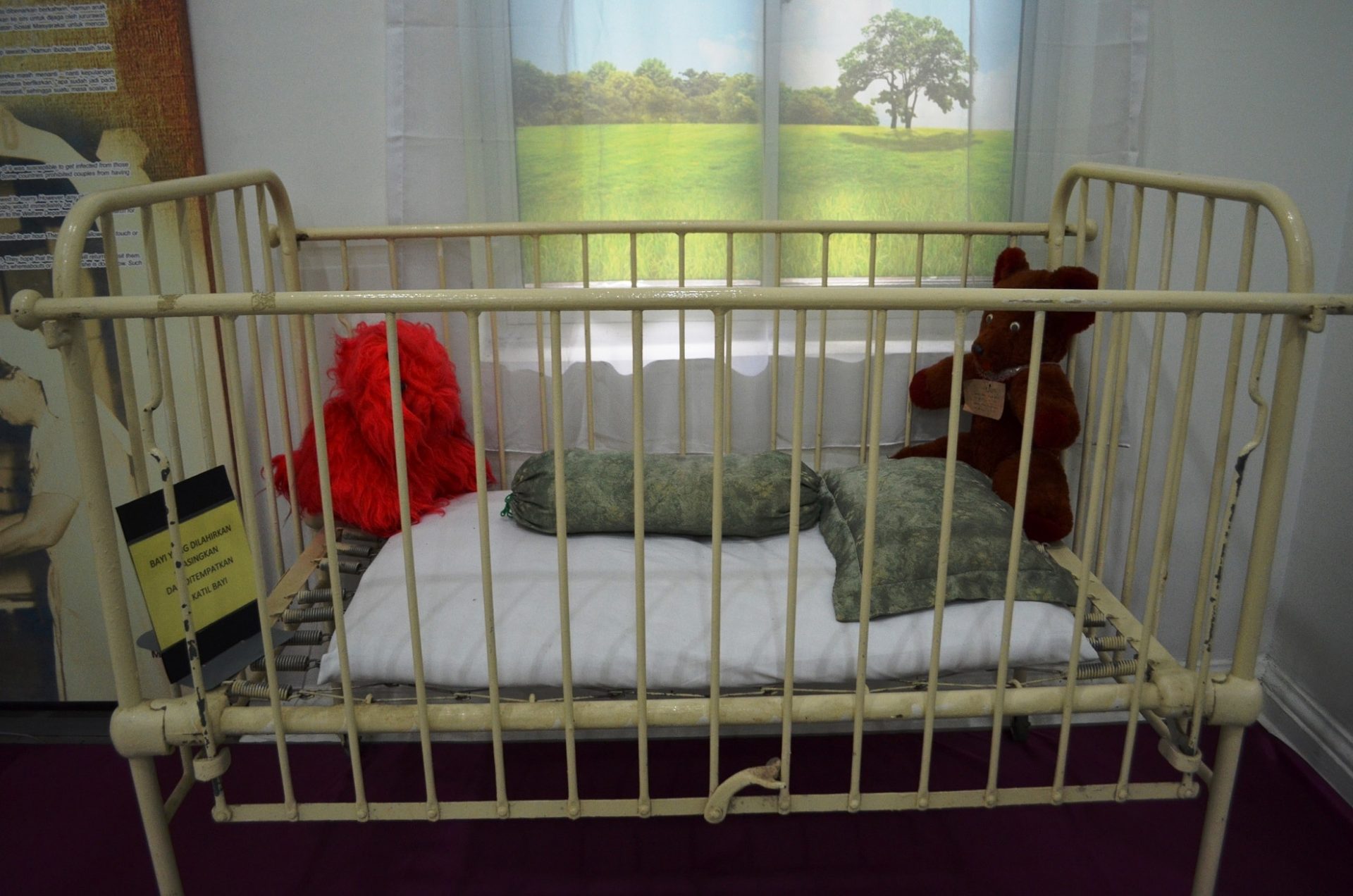
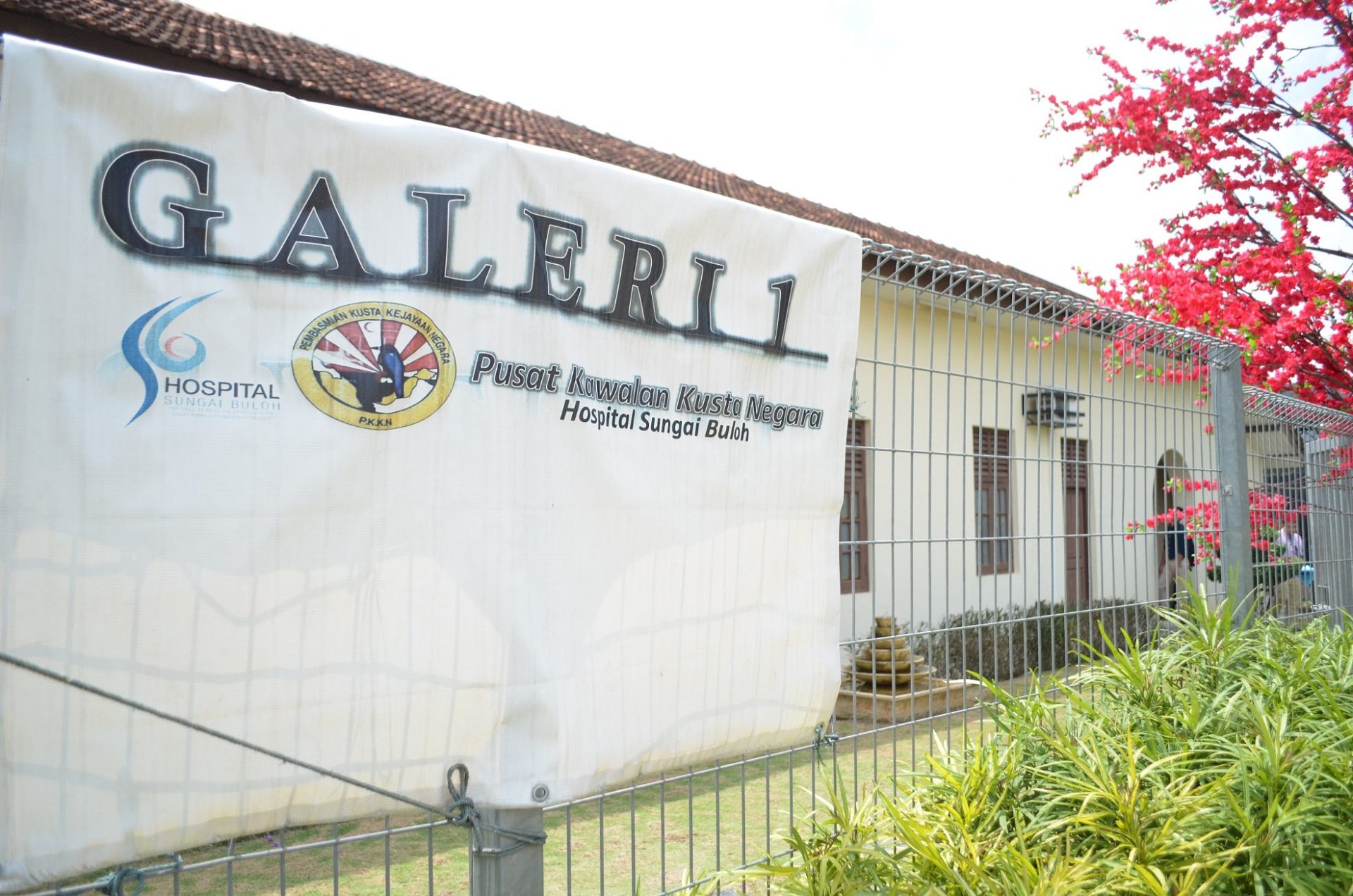
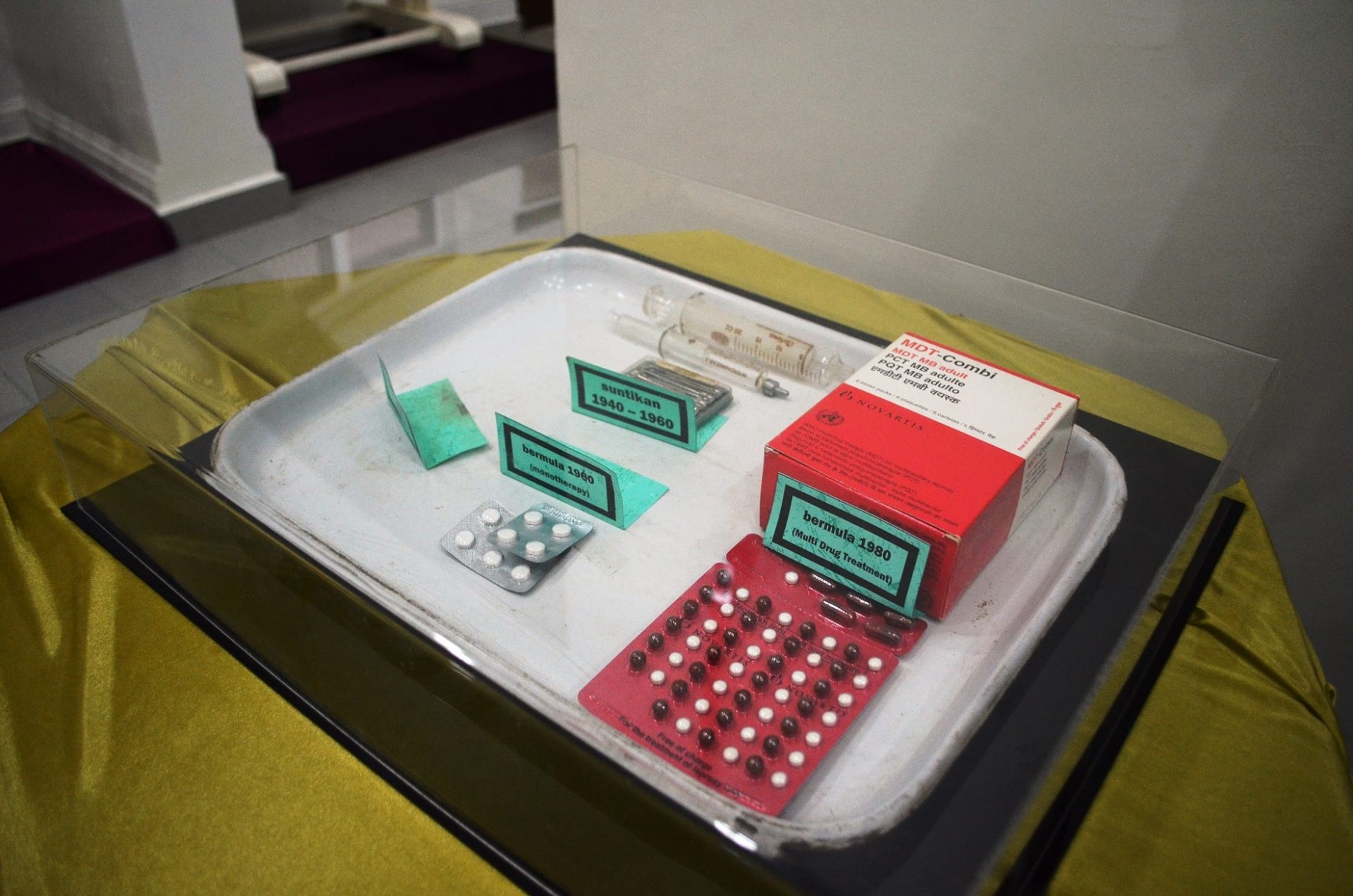
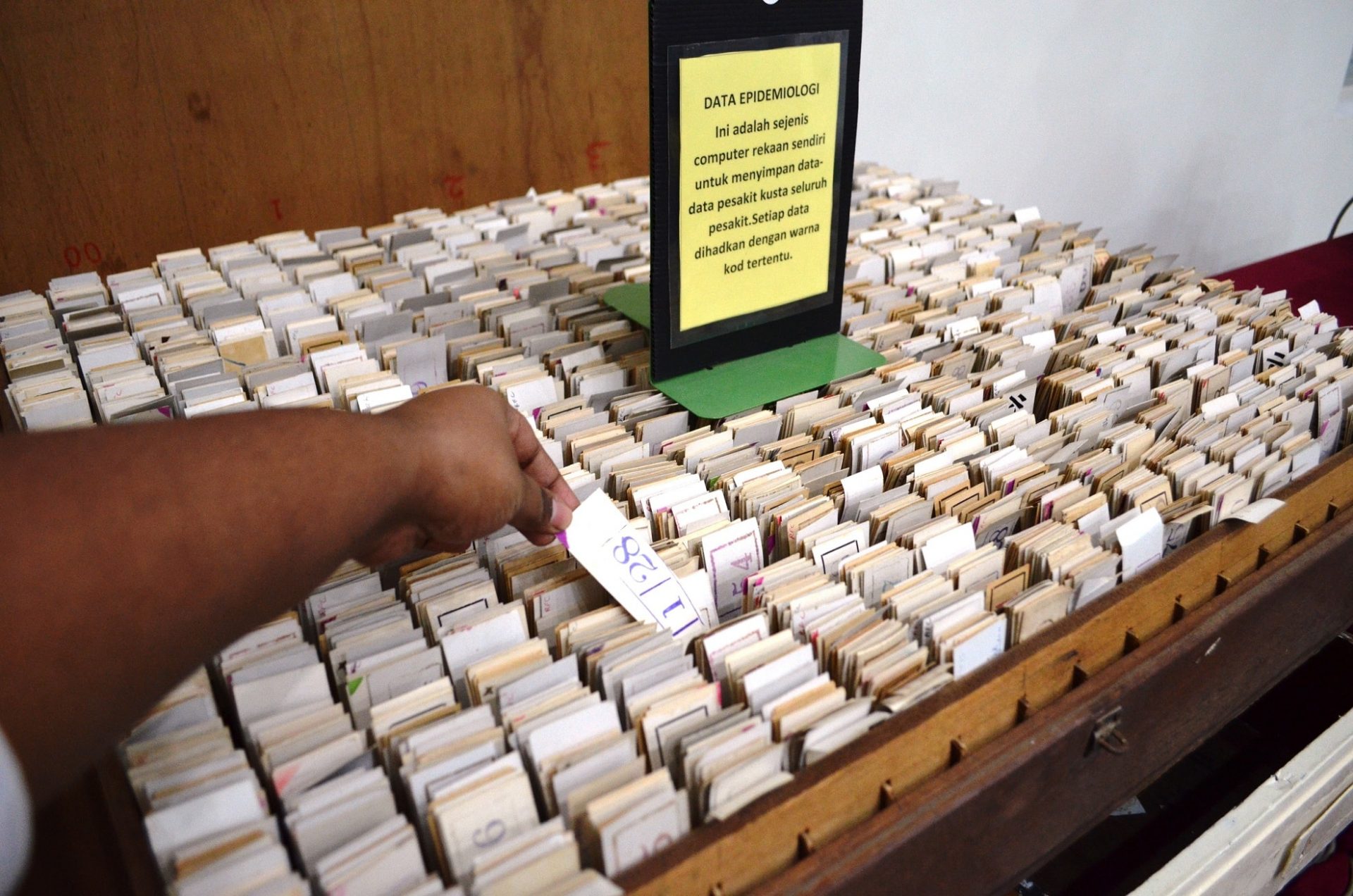
Location and Details
Address: Sungai Buloh Hospital, Jalan Hospital, 7000, Sungai Buloh, Selangor Darul Ehsan.
Tel: +603-6145 4333
Alternative contact: Dr Faizah Abdul Ghani, NLCC medical officer
Tel: +603-6156 1321
"ExpatGo welcomes and encourages comments, input, and divergent opinions. However, we kindly request that you use suitable language in your comments, and refrain from any sort of personal attack, hate speech, or disparaging rhetoric. Comments not in line with this are subject to removal from the site. "

